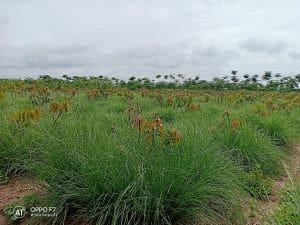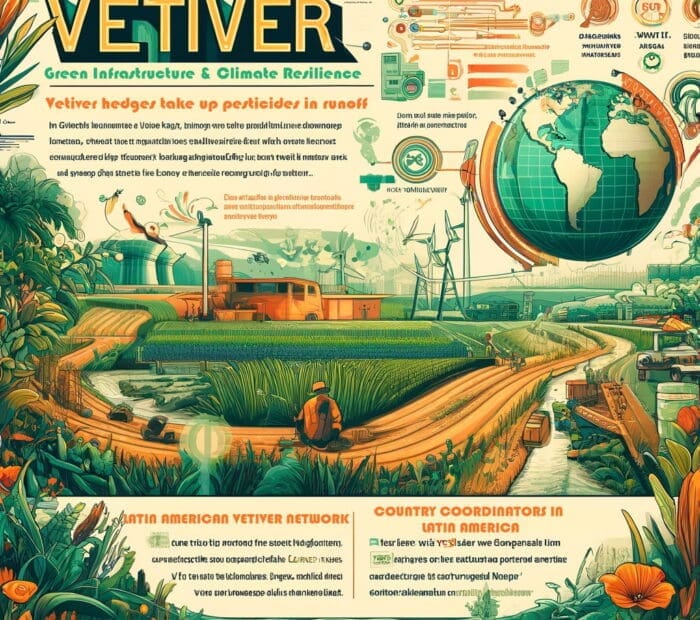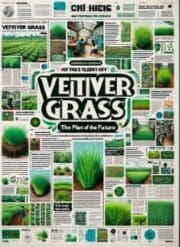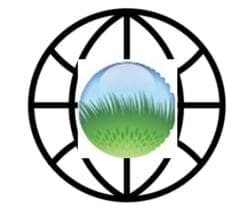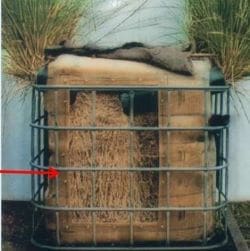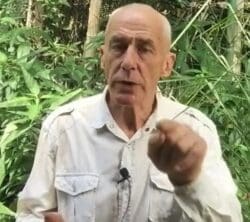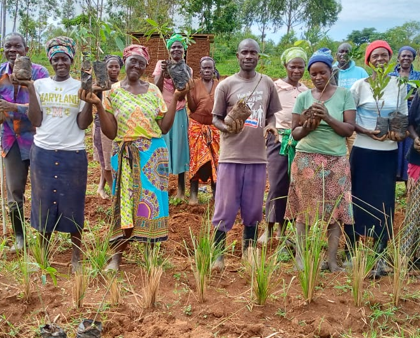Vetiver Farm Design Applications, Mulching and other News. NL-2024-04
Over the years many people have started using vetiver and, in the process, have joined various vetiver social media groups. I realize that many of them find the amount of information available overwhelming, and often not easy to find. This newsletter delves into both past and present selecting a few observations that support current interest and applications of vetiver in the agriculture sector – specifically for farmers and horticulturists. But first………
India Vetiver Foundation (IVF)
The Agriculture World Vetiver Whats App group continues to expand – like an octopus with many legs – moving, wriggling, and feeling out the many potential avenues and means, both environmentally and commercially, that could and should use vetiver.… Read the rest “Vetiver Farm Design Applications, Mulching and other News. NL-2024-04”
